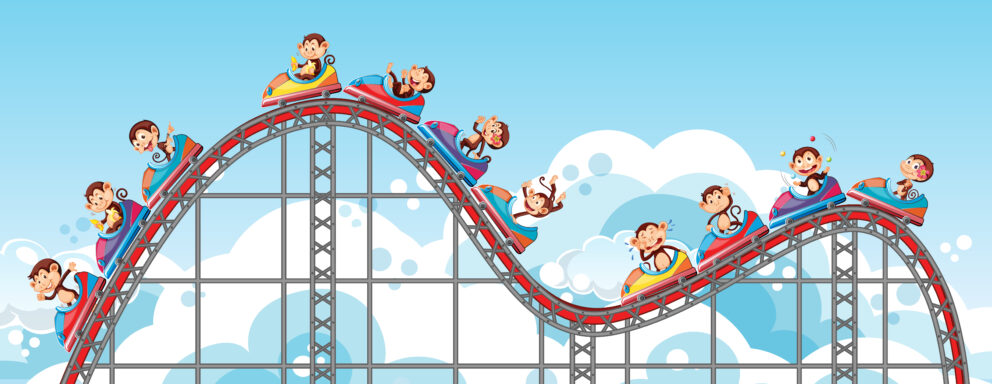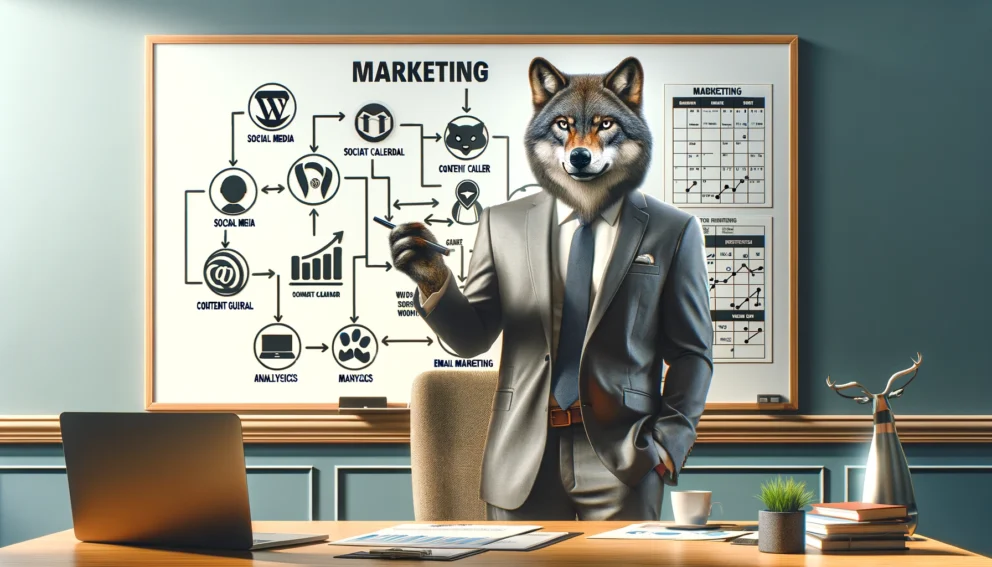Considering Switching To Modern Marketing? Here’s What You Need To Know

By Carly Bauer, Marketing Consultant at Heinz Marketing
If you’re like me and many other marketers, you’ve probably heard the term “Modern Marketing” a lot. But what exactly is it? What makes it different from traditional marketing? What changes are involved to start modernizing your marketing efforts? These are all questions I am going to get to in this blog post but first, let’s lay down the foundation.
What is modern marketing?
Modern marketing is a strategy that uses a variety of digital and traditional techniques to promote products, services, and brands to a target audience. Sounds like marketing in general right? Well, one of the most significant features of modern marketing is its focus on customer engagement and interaction. Modern marketers use a variety of techniques to engage with customers, including social media, email marketing, influencer marketing, and content marketing. By creating interactive experiences and engaging with customers in real-life, modern marketers aim to build brand loyalty and increase customer satisfaction, by placing a strong emphasis on building relationships with customers through personalized experiences, customer service, and engaging content.
Modern marketing also takes a data-driven approach, using analytics and consumer insights to create targeted campaigns that reach the right people at the right time. A key aspect of modern marketing is its ability to measure the effectiveness of campaigns in real-time. With the help of advanced analytics tools, modern marketers can track the performance of their campaigns, analyze customer behavior, and make data-driven decisions to optimize their marketing strategies.
Why is modern marketing important?
Modern marketing allows businesses to reach and engage with their target audience more effectively than ever before.
It helps businesses stay competitive: In today’s digital age, businesses that don’t embrace modern marketing techniques risk falling behind their competitors. By leveraging the latest marketing technologies, businesses can stay ahead of the curve and attract and retain customers more effectively.
It enables businesses to reach a wider audience: Modern marketing techniques such as social media advertising, influencer marketing, and content marketing allow businesses to reach a wider audience than traditional marketing methods. By creating targeted campaigns that resonate with specific segments of their audience, businesses can expand their reach and grow their customer base.
It provides valuable insights into customer behavior: Modern marketing tools and analytics allow businesses to track and analyze customer behavior in real-time. By gathering data on customer preferences, behaviors, and needs, businesses can create more targeted and personalized marketing campaigns that are more likely to resonate with their audience.
It enables businesses to build strong customer relationships: Modern marketing techniques such as social media, email marketing, and content marketing, enable businesses to build strong relationships with their customers by engaging in meaningful ways. By providing personalized experiences and creating opportunities for interaction, businesses can build trust, loyalty, and brand advocacy among their customers.
It allows businesses to measure the effectiveness of their marketing campaigns: Modern marketing tools provide businesses with real-time data on the performance of their marketing campaigns. By tracking metrics such as website traffic, click-through rates, and conversion rates, businesses can make data-driven decisions to optimize their marketing strategies and improve their ROI.
What is the difference between traditional and modern marketing?
Traditional marketing and modern marketing differ in several key ways.
- Reach: Traditional marketing relies on mass media such as TV, radio, and print ads to reach a broad audience. Whereas, modern marketing leverages digital channels such as social media, email, and search engines to reach a more targeted audience.
- Cost: Traditional marketing methods are often more expensive, especially for small businesses with limited budgets. Modern marketing techniques are generally more cost-effective, with many digital marketing tools and platforms available for free or at a low cost.
- Interactivity: Traditional marketing is largely one-way communication, with businesses delivering messages to consumers without much opportunity for interaction. Modern marketing, on the other hand, is more interactive, with businesses engaging in conversations with customers through social media, email, and other digital channels.
- Data-driven: Modern marketing relies heavily on data and analytics to create targeted campaigns that resonate with specific segments of the audience. Traditional marketing relies more on intuition and experience and less on data-driven analysis.
- Personalization: Modern marketing allows for greater personalization and customization of messages and experiences. With the help of data and analytics, businesses can create personalized campaigns that speak directly to the needs and preferences of individual customers
- Timing: Traditional marketing messages are often delivered at a fixed time, such as during commercial breaks or in print ads. Modern marketing allows businesses to deliver messages to consumers at any time, thanks to the widespread use of mobile devices and the internet.
How to transition from traditional marketing to modern marketing?
Transitioning from traditional marketing to modern marketing can be a significant change for a business. But here are some steps that can help make the transition smoother:
- Conduct a marketing audit: Start by reviewing your current marketing strategies and identifying which ones are most effective. This will help you determine which traditional marketing strategies to keep, which ones to modify, and which ones to phase out entirely.
- Set goals: Define what you want to achieve with your modern marketing strategy, whether it’s to increase brand awareness, generate leads, or drive sales. Setting clear goals will help you focus your efforts and measure the success of your new marketing initiatives.
- Invest in digital tools: To transition to modern marketing, you’ll need to invest in digital tools and platforms that can help you create and manage your campaigns. These may include social media management tools, email marketing platforms, and marketing automation software.
- Develop a content strategy: Modern marketing relies heavily on content marketing, so it’s essential to develop a strategy that outlines the types of content you’ll create, how often you’ll publish it, and how you’ll distribute it across different channels.
- Build a target audience: Modern marketing is all about reaching a targeted audience, so it’s important to identify and segment your target audience. Use customer data and analytics to create targeted campaigns that speak directly to the needs and preferences of your audience.
- Emphasize customer engagement: Modern marketing is all about engaging with customers in meaningful ways. Use social media, email marketing, and other channels to create opportunities for interaction and feedback.
- Measure your results: As you implement your new modern marketing strategies, it’s essential to measure their effectiveness regularly. Use analytics tools to track metrics such as website traffic, click-through rates, and conversion rates, and use this data to refine and optimize your marketing initiative over time.
Overall, transitioning from traditional marketing to modern marketing requires a significant shift in mindset and approach. By investing in digital tools, developing a content strategy, building a targeted audience, emphasizing customer engagement, and measuring your results, you can make the transition to modern marketing and stay competitive in today’s digital age.






